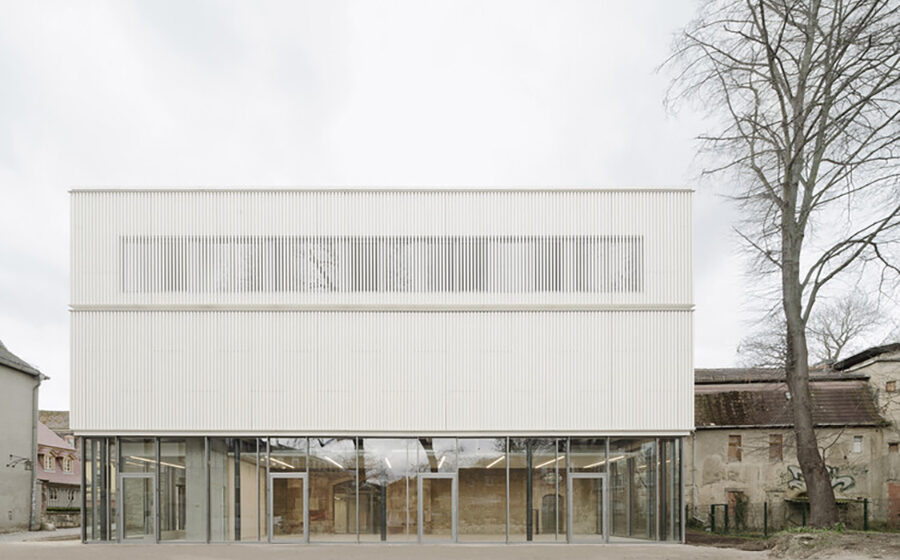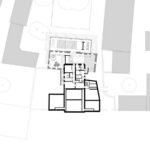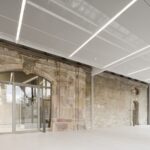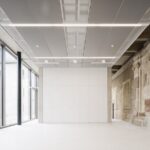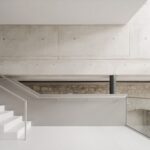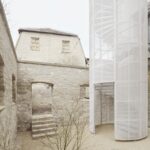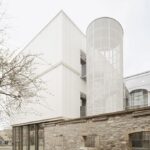The building at Theaterplatz 4 holds a significant place in Weimar’s historical tapestry, standing as a witness to the city’s evolution over the years. Initially constructed as a carriage depot in 1823, its journey has seen it transformed into various architectural iterations, with its latest being the renowned “Bauhaus Museum.” Despite alterations to its side annexes, the museum’s grand facade maintains a connection to Theaterplatz, though this precision wanes towards the rear portion.
Urban Design
In the ongoing transformation of the neighborhood, the “House of the Weimar Republic” emerges as a beacon of distinction within the Zeughofquartier. The museum, intertwined with the ruins of the former armory, not only anchors the neighborhood but also revitalizes the rear area of the existing art gallery. The preserved outer walls of the armory serve as a tangible link, merging the histories of both structures and shaping their shared identity.
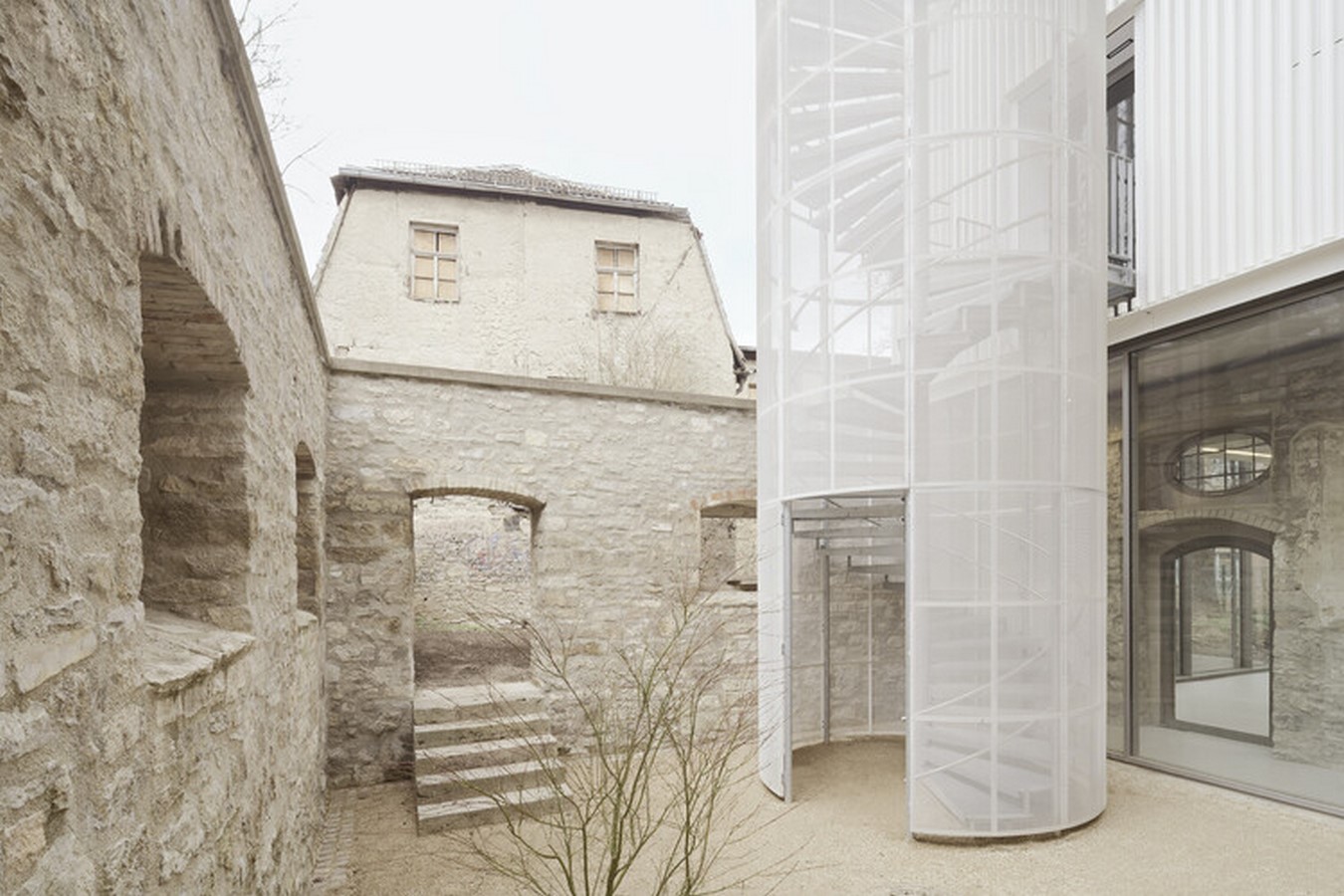
Concept
Guided by a principle of minimal intervention, the design aims to enhance the existing architecture. The foyer, museum shop, and cloakroom act as gateways to the expansive hall, offering flexibility for events and exhibitions. The extension, while interacting with the existing structure, maintains a respectful distance, ensuring a harmonious coexistence. A lightweight circulation element seamlessly connects all levels, facilitating an experiential journey that integrates with the armory ruins.
Functionality
The museum extension, built upon the armory ruins, comprises three purposeful spaces. The garden level hosts areas for political education, with transparent design fostering a connection with the surroundings. The middle level provides flexible exhibition space, accentuating museal presentation with strategic window placements. The upper level houses scientific research facilities, designed for adaptability and abundant natural light. The basement serves as storage and technical areas, while renovated public restrooms align with the overall design ethos.

Materiality and Construction
To evoke tranquility and presence, the design utilizes a homogeneous structure that seamlessly extends the narrative of the art gallery. A raw reinforced concrete framework forms the foundation, with interior spaces featuring understated surfaces and sustainable materials. The museum’s extension is clad in a dress-like facade, symbolizing expanded functionality while retaining the backdrop of the existing structure.
The House of the Weimar Republic stands as a testament to the delicate balance between heritage and innovation, offering visitors an immersive experience that honors the city’s rich history while embracing its future.

